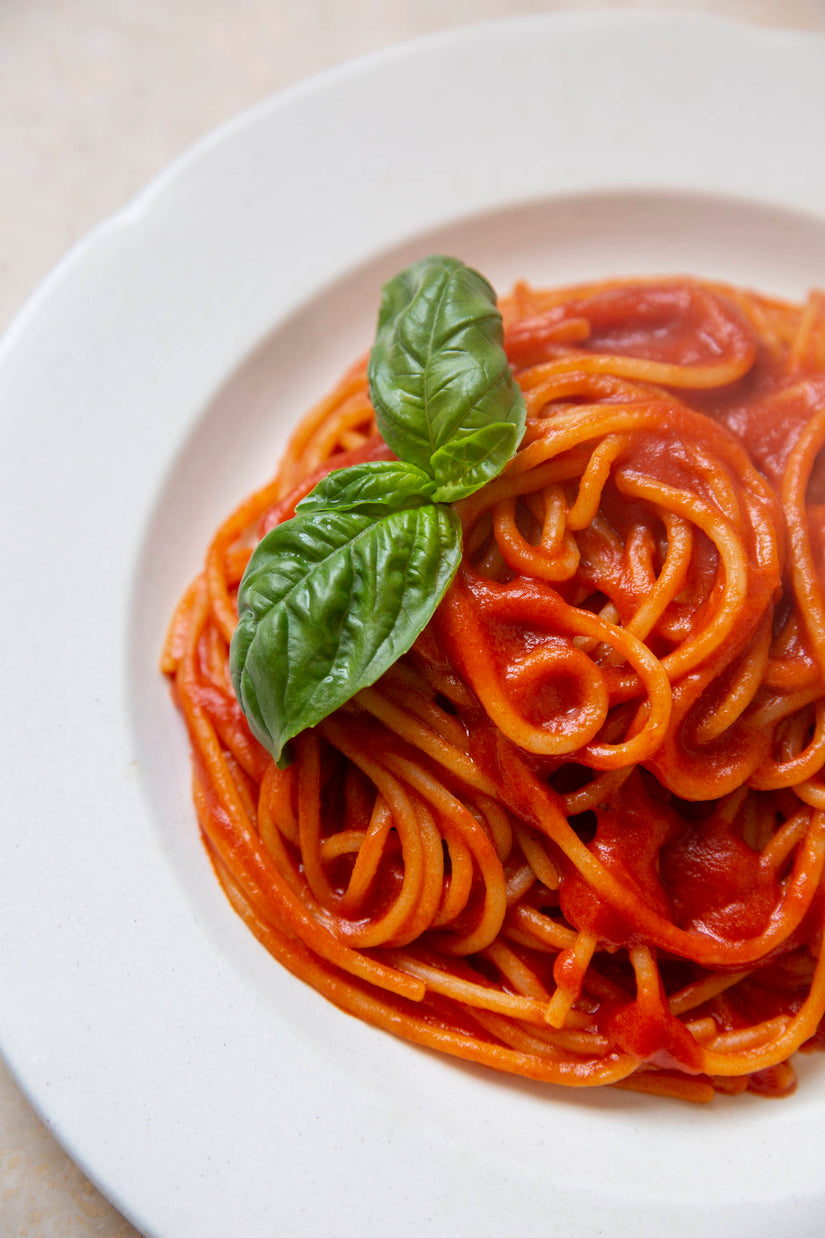Alexandra Stafford’s Neapolitan-ish Pizza Dough
For a pizza to be considered truly Neapolitan, its production must adhere to strict rules ranging from the ingredients used in the dough to the fermentation and baking process. In short, true Neapolitan pizza is made with only flour, water, salt, and yeast in specified ratios to produce a dough that measures 55% to 62% hydration. Moreover, it must be baked in a wood-burning oven at 900 degrees F for 60 to 90 seconds. For these reasons, I am using “Neapolitanish” to describe this dough, which will produce a pizza that is Neapolitan in spirit: thin but not paper thin with a slightly ballooned rim. Like true Neapolitan pizza dough, this dough is made with only flour, water, salt, and yeast, but unlike true Neapolitan pizza dough, its hydration is 77%. The reason for this higher hydration is that in a home oven the dough cooks at a much lower temperature for a longer period of time, during which a significant amount of the water in the dough will evaporate. So, to prevent the dough from drying out, it needs more water in it at the start. To adapt this dough recipe to be used in an outdoor pizza oven, you’ll need to reduce the water slightly. I also recommend cooking the pizza at a slightly lower temperature range (650 to 750 F) for a slightly longer period of time (2½ to 3 minutes).
Photo by Eva Kolenko






